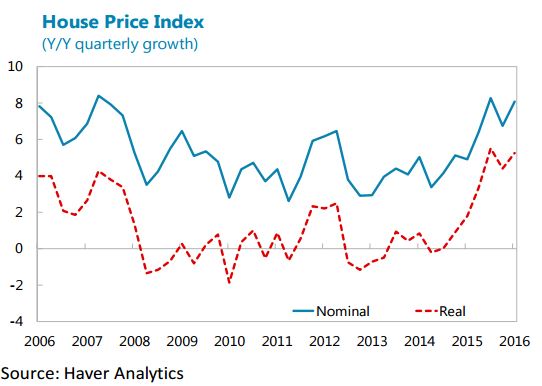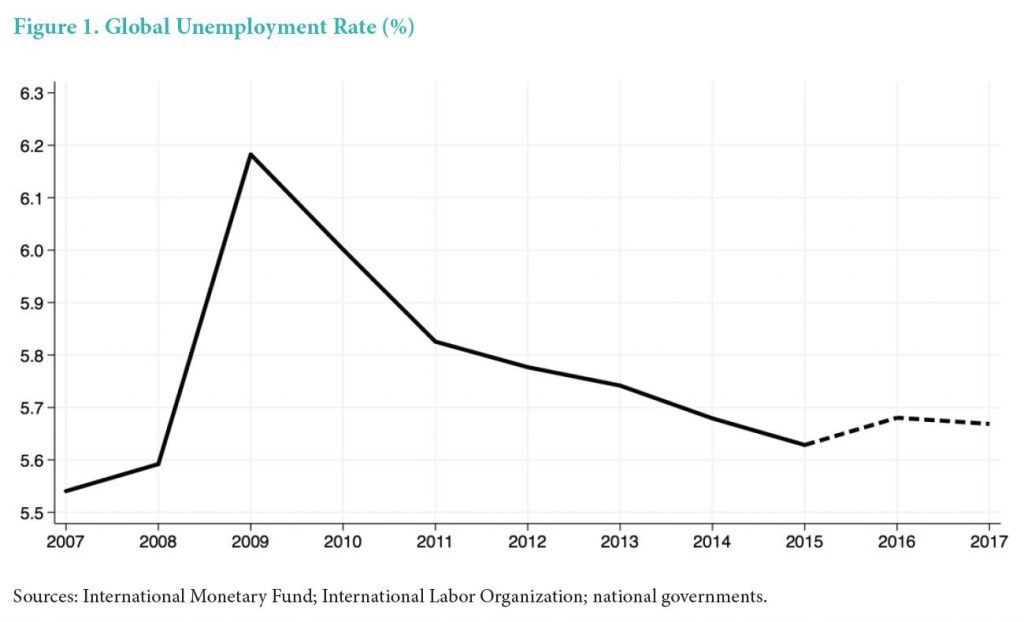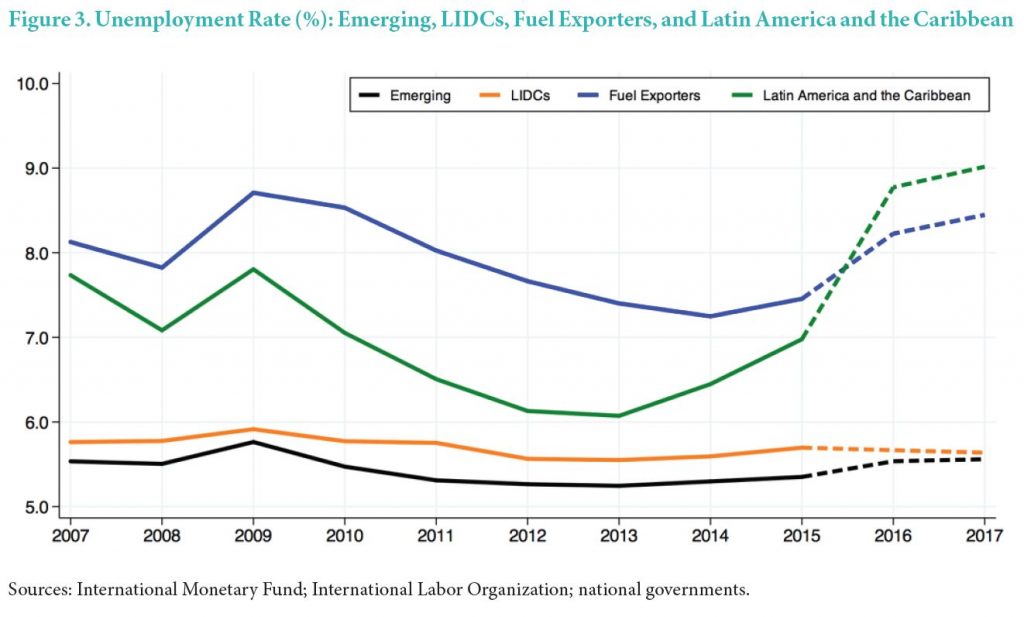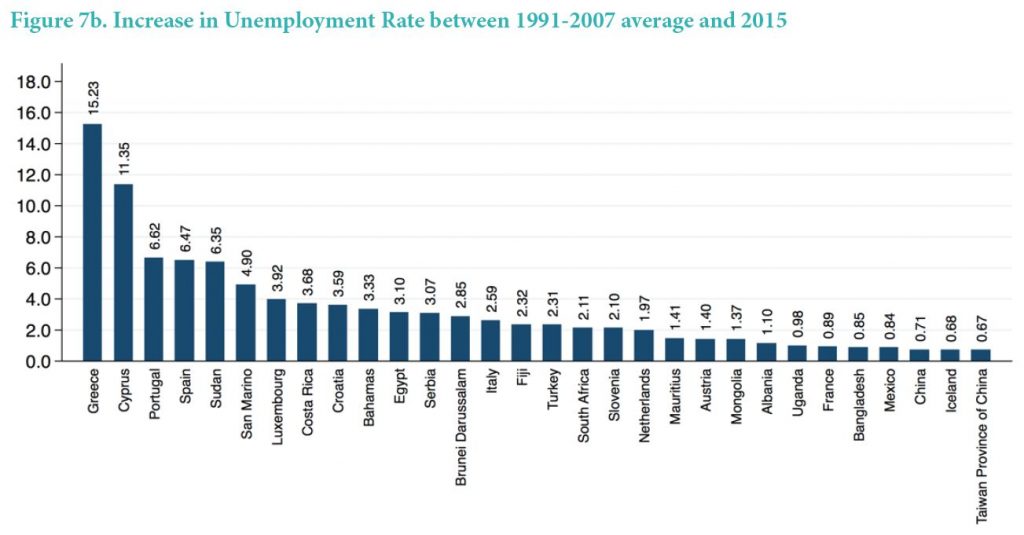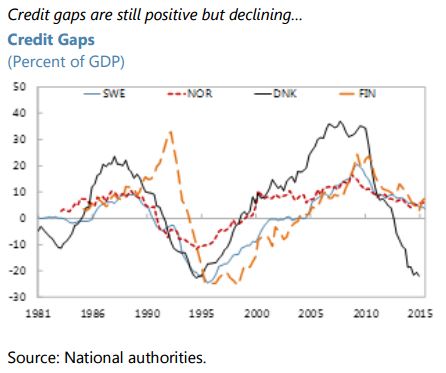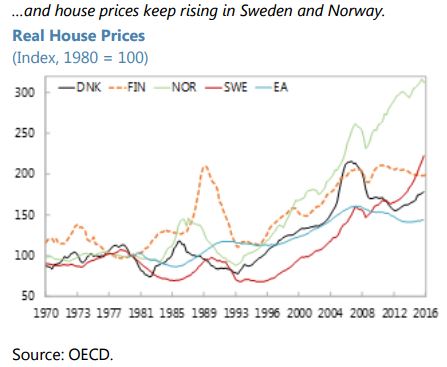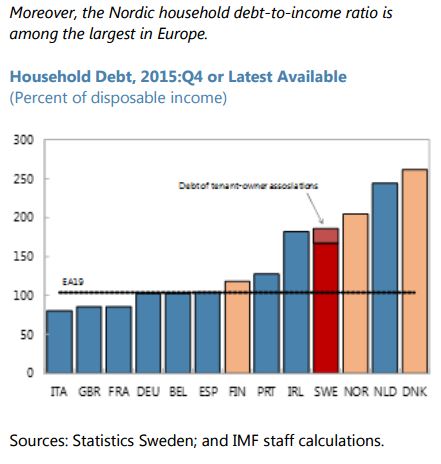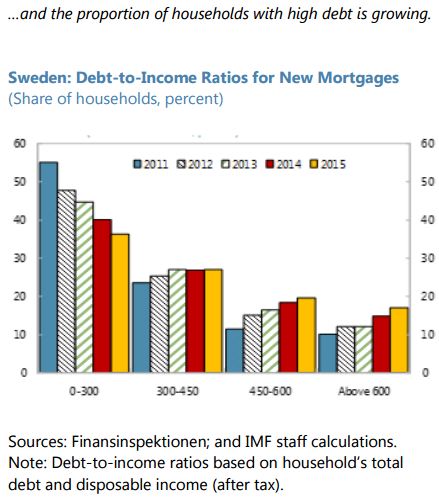Tuesday, November 22, 2016
House Prices in Mexico
“House prices have increased broadly in line with income growth on average over the last five years, and there is no evidence of an overvaluation”, says IMF’s new report on Mexico.
“House prices have increased broadly in line with income growth on average over the last five years, and there is no evidence of an overvaluation”, says IMF’s new report on Mexico.
Posted by at 10:57 AM
Labels: Global Housing Watch
Monday, November 21, 2016
Global Housing Watch Quarterly Update
The IMF’s Global House Price Index—an average of real house prices across countries—is now almost back to its level before the financial crisis. The underlying picture is quite varied. Developments in the countries that make up the index fall into three clusters:
- The first cluster—gloom—consists of 18 economies in which house prices fell substantially at the onset of the Great Recession, and have remained on a downward path.
- The second cluster—bust and boom—consists of 18 economies in which housing markets have rebounded since 2013 after falling sharply during 2007-12.
- The third cluster—boom—comprises 21 economies in which the drop in house prices in 2007–12 was quite modest and was followed by a quick rebound
Read the full report for details and IMF assessments of house price valuations in various countries.
The IMF’s Global House Price Index—an average of real house prices across countries—is now almost back to its level before the financial crisis. The underlying picture is quite varied. Developments in the countries that make up the index fall into three clusters:
- The first cluster—gloom—consists of 18 economies in which house prices fell substantially at the onset of the Great Recession, and have remained on a downward path.
Posted by at 2:55 PM
Labels: Global Housing Watch
International Jobs Report: Global Unemployment Inching Up Again
The latest update of the International Jobs Report shows that:
- The global unemployment rate inched up to 5.7 percent this year after several years of decline. This reflects sharp increases in unemployment in the Latin America and Caribbean region and among fuel-exporting countries. Hence, while the total number of people unemployed around the globe will remain somewhat stable at about 175 million, several million people will be added to the ranks of the unemployed in these two groups of countries.
- For fuel exporters, the unemployment rate is expected to shoot up to 8 ½ percent next year. This is a percentage point above the level in 2015 and implies that an additional 4 million more people will join the ranks of the unemployed. For the Latin America and the Caribbean region, the unemployment rate is forecast to reach 9 percent in 2017, which is 2 percentage points above the 2015 level and will add nearly 6 million people to the ranks of the unemployed.
- Unemployment rates are expected to decline in most advanced economies, but remain well above historical averages in a few countries such as Greece, Cyprus, Portugal and Spain.
Read the full report.
The latest update of the International Jobs Report shows that:
- The global unemployment rate inched up to 5.7 percent this year after several years of decline. This reflects sharp increases in unemployment in the Latin America and Caribbean region and among fuel-exporting countries. Hence, while the total number of people unemployed around the globe will remain somewhat stable at about 175 million, several million people will be added to the ranks of the unemployed in these two groups of countries.
Posted by at 2:47 PM
Labels: Inclusive Growth
Thursday, November 17, 2016
Housing Market in Sweden
The IMF’s latest Financial System Stability Assessment on Sweden notes the following:
“Housing finance creates vulnerabilities for financial stability due to specific features of Swedish residential mortgages, high household debt, and rising asset prices (…). House prices have risen to high levels, slowing only recently. The price-to-income ratio is 40 percent above its 20-year average, among the highest in advanced economies, raising a red flag. Research suggests that house prices are 12 percent above long-run equilibrium (IMF Working Paper 15/276). House price gains provide incentives for households not to amortize loans and take out even larger loans relative to income, aided by longer loan maturities. Mortgage interest rate deductibility and the lack of a property tax further propel house demand. (…) The pace of housing completions represents less than 1 percent of the housing stock, lagging behind rising population, especially in urban areas. (…) FI’s view is that the rising house prices and high household debt do not entail high credit risk for banks, but they do add to macroeconomic vulnerabilities. (…) High asset valuations do not necessarily lead to asset price declines, but if a fall were to happen, the corrections could be much larger and damaging, especially given the high household debt. (…) Even though households appear resilient, it is challenging to be conclusive about how scenarios of falling asset prices and higher interest rates would play out. (…) The authorities have responded to increasing household debt with macroprudential measures focusing on credit supply (…). The recent amortization requirement and the government’s 22–point proposal for more housing are welcome, but more is needed to address distortions in the housing market.”
The IMF’s latest Financial System Stability Assessment on Sweden notes the following:
“Housing finance creates vulnerabilities for financial stability due to specific features of Swedish residential mortgages, high household debt, and rising asset prices (…). House prices have risen to high levels, slowing only recently. The price-to-income ratio is 40 percent above its 20-year average, among the highest in advanced economies, raising a red flag. Research suggests that house prices are 12 percent above long-run equilibrium (IMF Working Paper 15/276).
Posted by at 4:21 PM
Labels: Global Housing Watch
Thursday, November 10, 2016
Can Property Taxes Reduce House Price Volatility? Evidence from U.S. Regions
A new IMF Working Paper by Tigran Poghosyan “(…) use a novel dataset on effective property tax rates in U.S. states and metropolitan statistical areas (MSAs) over the 2005–2014 period to analyze the relationship between property tax rates and house price volatility. (…) [Poghosyan] find that property tax rates have a negative impact on house price volatility. The impact is causal, with increases in property tax rates leading to a reduction in house price volatility. The results are robust to different measures of house price volatility, estimation methodologies, and additional controls for housing demand and supply. The outcomes of the analysis have important policy implications and suggest that property taxation could be used as an important tool to dampen house price volatility.”
Please note that IMF Working Papers do not represent the official views of the IMF.
A new IMF Working Paper by Tigran Poghosyan “(…) use a novel dataset on effective property tax rates in U.S. states and metropolitan statistical areas (MSAs) over the 2005–2014 period to analyze the relationship between property tax rates and house price volatility. (…) [Poghosyan] find that property tax rates have a negative impact on house price volatility. The impact is causal, with increases in property tax rates leading to a reduction in house price volatility.
Posted by at 4:17 PM
Labels: Global Housing Watch
Subscribe to: Posts




